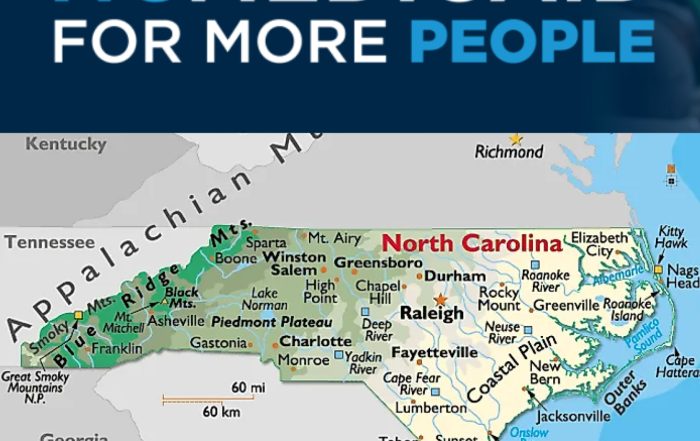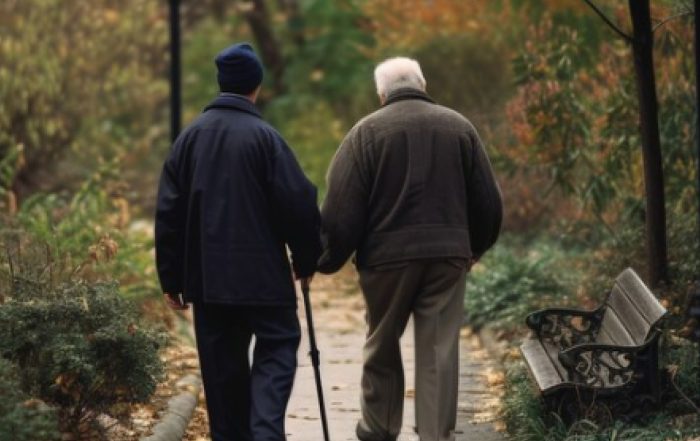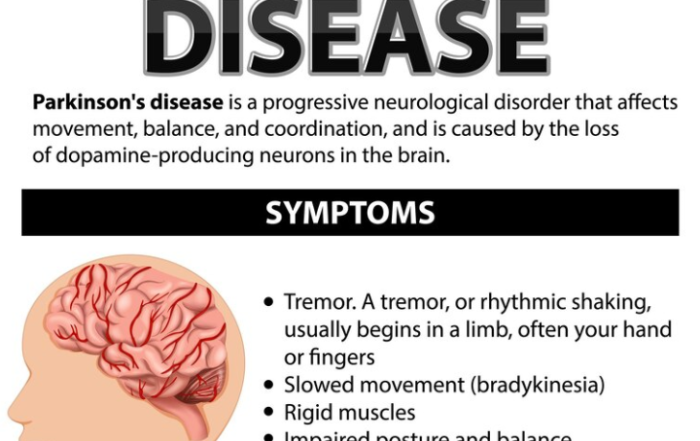More than ever before, older Americans are expressing a desire to “age in place.” Over 90% of senior adults report that they prefer their homes to assisted living facilities, even when they need support to carry out the tasks of daily living.
If you want to honor your senior loved one’s wish to remain at home without compromising on safety, here are some practical tips for making their homes more accessible and minimizing risks.
Ensure that seniors’ homes are accessible.

Remember that any movement requiring them to change levels, like navigating steps or standing up, can be taxing for some seniors. Help them move about safely and independently with home modifications like:
- Replacing stairs with ramps or chair lifts
- Adding handrails to steps
- Raising the height of toilets
- Adding padding to furniture so seniors sit taller
Address fall hazards.
Falling is one of the biggest threats to seniors’ health and longevity, and 1 out of every 5 falls causes serious injuries.
Even seniors who are generally steady on their feet can be tripped up by clutter, loose carpet, and raised floorboards. Take a look at your loved one’s home with a fall-prevention mindset, and notice any modifications and repairs that need to be made.
Up to 80% of falls occur in bathrooms, so it is particularly important to notice ways to make that area of the home safer for seniors. Consider making changes like:
- Placing non-slip mats in and around showers
- Adding a shower chair
- Installing handrails and grab bars
- Replacing bathtubs with walk-in showers
- Turning down the water heater temperature slightly to prevent burns.
- Adding a way to call for assistance from the bathroom in case of a fall.
Keep seniors safe at mealtimes.
Help seniors living with memory or mobility issues stay safe in the kitchen by addressing fire hazards. Newer models of manysmall appliances, like toaster ovens and coffee makers, now come with automatic shut-off features. Consider replacing out-of-date appliances with versions that are less likely to spark or overheat in the event that your senior forgets to turn them off.
In-home nutrition services are another way to support seniors’ independence in the kitchen while minimizing risks. Older adults can prepare fresh, nutritious meals while a professional caregiver acts as their sous chef. Nutrition support may also include help with grocery shopping, meal planning, and discarding expired food. These services are particularly valuable for seniors who have been prescribed a particular diet and need assistance with weekly meal prep.
Get help with daily activities.

When you aren’t able to be with your senior, in-home personal care services can be a valuable part of your overall safety plan. Knowing that friendly, supportive assistance is on the way can encourage seniors to wait for help before taking on activities like bathing, cooking, and household chores alone.
Talk to the senior and your life about their wishes and goals as they get older, and work together to make the changes that will allow them to feel more confident at home. Help your loved one balance independence with safety, and you’ll ensure that their golden years are as long and fulfilling as possible.





